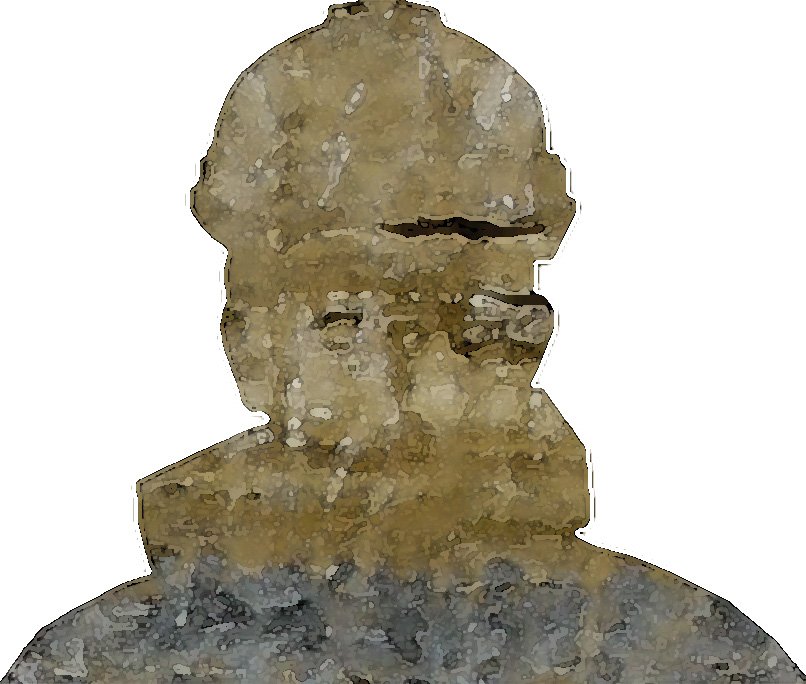Stone Federation Great Britain’s Quarry Forum gives its opinion on issues relating to the stone industry from the point of view of companies that extract dimensional stone from opencast and underground quarries and mines.
“This is the best stone sourcing tool I have encountered in my career.”
That is just one of the comments that the Stone Federation’s Quarry Forum has received about the ‘Welcome to British Stones’ tool on the Federation’s website (www.stonefed.org.uk).
The tool is based on the simple concept of connecting architects, designers and specifiers with quarries near to their projects across the length and breadth of the United Kingdom.
For many years the Federation has been receiving calls from environmentally conscious architects looking to find stone from quarries close to site.
This is one of those occasions where history repeating itself is a good thing. In centuries past, due to the difficulty of transporting heavy materials long distances, stone would be brought from quarries as close as possible to the project.
Some of the best examples of this can be found in Oxford, where Clipsham Stone has been used extensively, Aberdeen, with its use of local granite, and even London, rebuilt after the Great Fire of 1666 using stone brought around the coast from the Dorset island of Portland.
What’s more, and thanks to the foresight of city and town planners, the protected status of many of the buildings in these cities means that, where possible, any repair work must be carried out with stone from the original quarry.
The ‘Welcome to British Stones’ tool lists in excess of 80 variations of stone from more than 30 Stone Federation member quarries. They include limestones, granites, sandstones and slates in a wide variety of textures and colours. It is without doubt a rich resource for any architect, designer or client looking to explore what British stone has to offer their project.
Why is any of this worth highlighting? Because British stone is on the up. Now, more than ever, architects, designers, specifiers and clients are showing an ever increasing interest in not just the environmental benefits, but also the beautiful aesthetic of British stones.
How do we know this? Twitter is one of the best social gauges, a digital thermometer of public interest, if you will. And a quick glance at the stats show that in the past 12 months almost half-a-million Twitter users have viewed, engaged with and clicked for more information about content to do with #BritishStone.
Indigenous stone is something architects and designers are talking about and want more information on.
The 2014 Natural Stone Awards were also an encouraging confirmation of the increase in the use of British stone in the country’s best projects. 85% of the Award-winning, highly commended and commended projects involved British stone.
That also highlights the fact that interest in indigenous stone is not limited to one sector or application. Interiors, external cladding, repair & restoration, landscaping and sustainability projects all made use of the natural stone Britain has to offer architects and designers.
Why not take a look at the ‘Welcome to British Stone’ tool yourself? Go to bit.ly/BritStone and start exploring.

